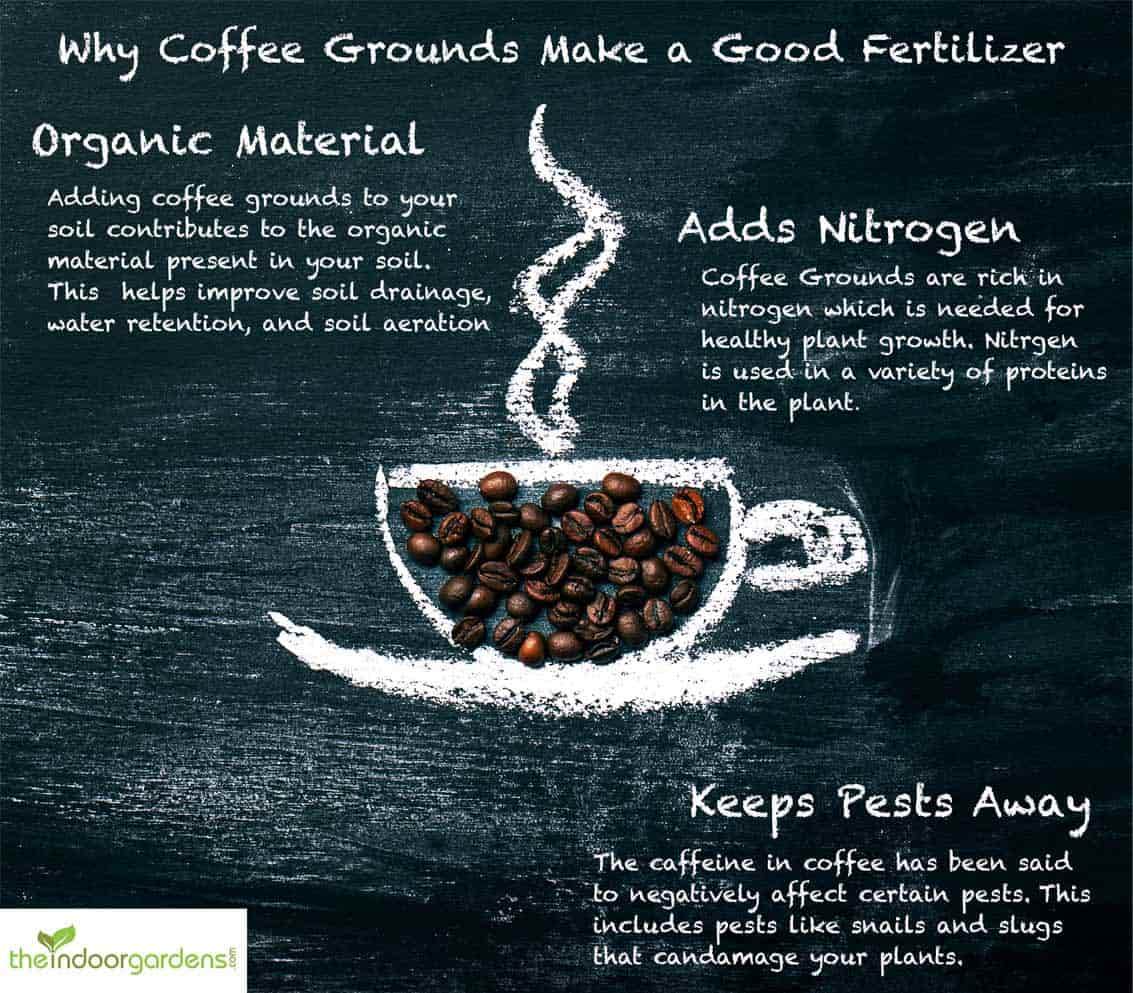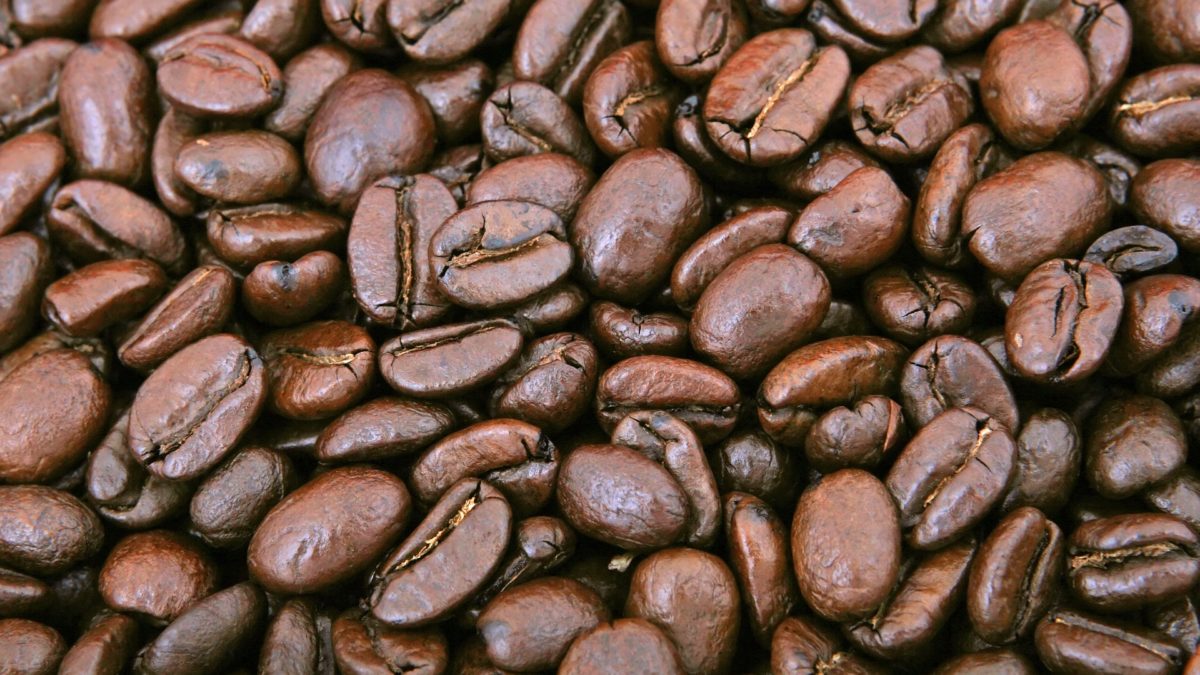If you’re looking to grow a healthy and thriving garden, then you’ll need to prepare the soil to give your plants the best start to life. Feeding your soil with organic compost is a great way of doing so, and ensures your plants have the nutrients they need to grow. This is especially useful in your indoor gardens where you may not want to use harsh chemicals in most store bought brands. Today we’ll look at creating one such type of fertilizer, a coffee ground fertilizer which is both organic and easy to use.
Instead of throwing out those used ground after your morning coffee why not put them to work in your garden? This idea isn’t new, and many experienced gardeners already use coffee grounds to create fertilizers and compost. In fact, it’s a very common item in a lot of composting tutorials. While the focus here is on indoor gardening, coffee grounds are usable both indoors and outdoors.
How Does a Coffee Ground Fertilizer Work?
Adding coffee grounds to your soil is a fantastic and easy way to enrich it. Firstly, it helps to add nitrogen to the soil. Nitrogen is a key component in chlorophyll, which is used by the plants to create energy through photosynthesis. It’s also a key component in other proteins in the plant, so it will greatly benefit all parts of your garden.
Adding coffee grounds to your soil also contributes to the organic material present in your soil. This helps improve soil drainage, water retention, and soil aeration. These are all important aspects to growing healthy plants. This also encourges good water drainage, which is important for any cotainer bound plant.
Furthermore, adding used coffee grounds allow microorganisms beneficial to plant life (such as earthworms) to grow and multiply. It’s also been shown to reduce certain pests like slugs or small insects. While the aroma itself doesn’t do much, the caffeine content has been shown to do so. The caffeine is said to negatively effect certain pests, so they avoid soil that contains it.
What’s the Best Way to use Coffee Grounds?
It has been found that coffee grounds, irrespective of whether they’re used or fresh grounds, add to the nutrition of any organic compost. You can add fresh coffee beans, but many gardeners prefer used ones for reasons we’ll touch on below. This also has the added benefit of re-using what would otherwise be trash and is essentially free.
Unwashed and unused coffee grounds lower the PH levels (and by that I mean raise the acid level in your soil), thus creating just-the-right environment for acid-loving plants to flourish. Alternatively, used or old coffee grounds are neutral in nature. They therefore have a PH level that does not affect or contribute to the existing acid levels of your soil. Your best bet is to determine the type of plant (acid-loving or not) before you decide to feed it with the variety of grounds (new or used coffee grounds).
In general though, look for used beans as these are the most versitile and least likely to harm your plants.

Getting Started - Ways to use Coffee Grounds in your Fertilizer
There are typically two ways to use the coffee grounds, alone or in a compost. In both cases, prefer used beans over fresh outside of a few specific situations.
If you’re already creating compost, coffee grounds are an excellent addition to it. Simply add your coffee grounds to your compost heap, and proceed as usual. Keep in mind that coffee grounds are considered “green” composting material. Make sure you balance this out with an appropriate amount of “brown” composting material for optimal results.
If you’re not composting, coffee grounds can still be used on their own. Simple sprinkle them onto the soil of your plant. Then, gently work some of the grounds deeper into the container to really enrich the soil. It’s a simple as that. Doing this is all it takes to add some serious nutrition to your plants soil.
Can You Use Fresh Coffee Grounds?
In most cases, you should look to fertilize with used coffee grounds and avoid using fresh ones. This is because the caffeine and acidic contents of fresh beans can be harmful to plants. By using them first, you reduce the amount of both of these present in the beans.
That said, sparinly used, fresh coffee beans can be beneficial. Certain plants that like highly acidic soil will tend to do well with fresh beans. You can also spread them at the edges of your garden to help deter pests without harming your plants.
Coffee ground fertilizer
Using coffee grounds as a natural fertilizer is a quick, easy, and cheap way to enrich your soil. It’s not a cure all, and won’t be as useful in all situations, but is still something gardeners should consider.







